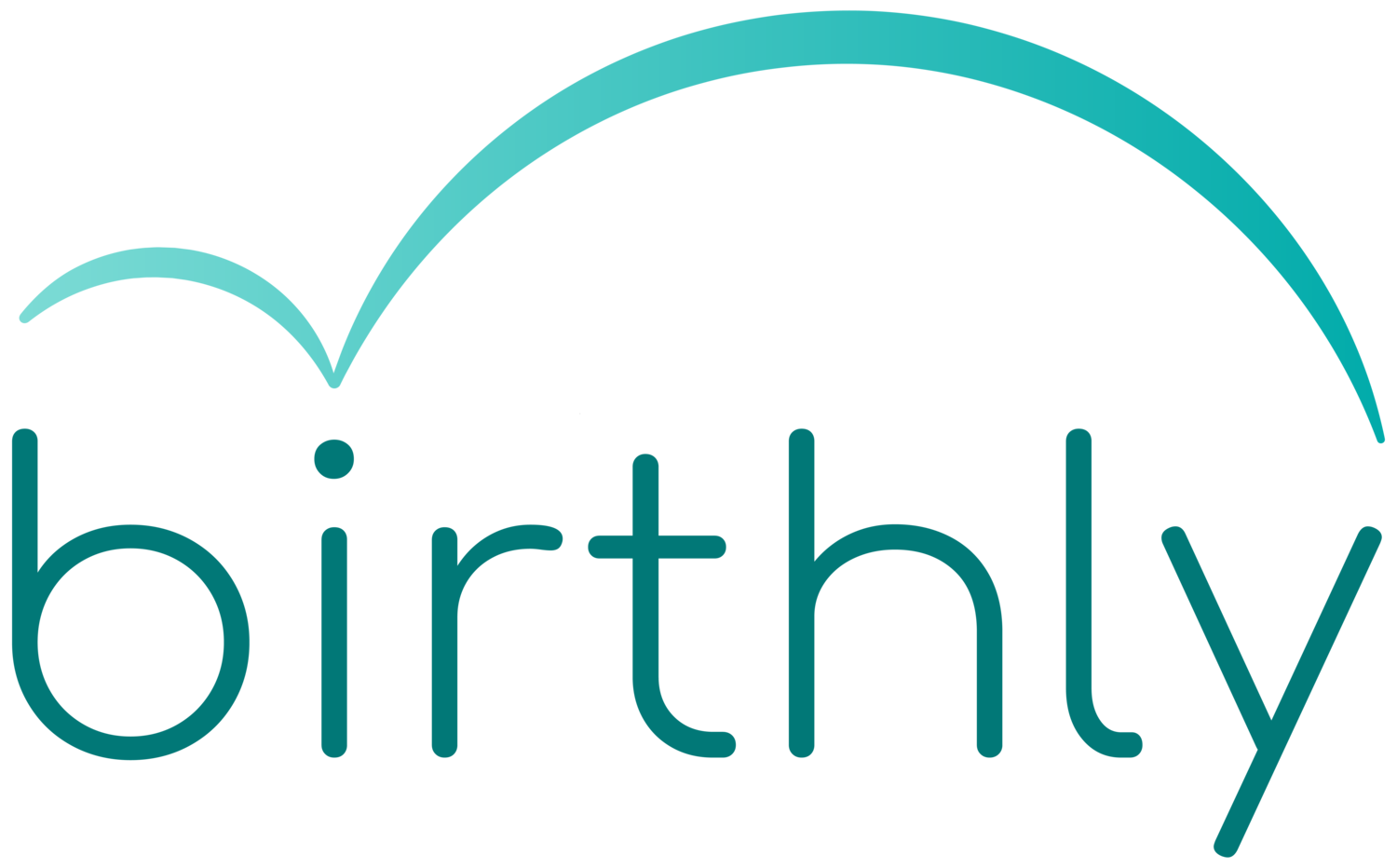Benefits of Exercise During Pregnancy
Staying active during pregnancy is one of the best things you can do for your body—and your baby. From easing physical discomfort to supporting mental health, exercise while pregnant offers a wide range of benefits. And the good news is, it doesn’t have to be intense; even simple movements like walking can go a long way toward supporting your prenatal wellness.
Key Takeaways
Exercise during pregnancy can boost mood, improve sleep, and support heart health.
Safe workouts like walking, swimming, and prenatal yoga are gentle and effective.
Certain precautions and activity limitations should be followed for safety.
Exercising During Pregnancy Benefits
There are many physical and emotional benefits of exercise during pregnancy. Staying active can:
Boost Mood and Reduce Stress
Exercise increases endorphin levels, which can help manage mood swings and reduce symptoms of anxiety and depression during pregnancy. Staying active may also lower levels of cortisol, the stress hormone, contributing to a more stable emotional state.
Improve Heart Health
Working out during pregnancy strengthens your cardiovascular system, helping your heart and lungs deliver oxygen more efficiently to your baby. This can also reduce the likelihood of developing high blood pressure or preeclampsia.
Help Manage Weight Gain
Moderate, regular activity supports healthy weight gain, which is important for minimizing risk of complications like gestational diabetes. It can also make postpartum weight loss a bit easier.
Support Better Sleep
Insomnia and sleep disturbances are common in pregnancy, especially in the third trimester. Movement throughout the day can help regulate your sleep-wake cycle and reduce nighttime restlessness.
Prepare the Body for Labor
Strengthening your core, back, and pelvic floor muscles can improve posture, stability, and stamina during labor. Many people who stay active report feeling more physically prepared for the challenges of childbirth.
Alleviate Common Discomforts
Physical activity helps relieve back pain, reduce constipation, improve circulation, and decrease swelling in the legs and ankles.
Improve Posture and Core Strength
As your belly grows, it can throw off your alignment. Gentle strengthening exercises help you stay balanced and prevent strain.
Shorten Labor and Speed Recovery
Some studies suggest that those who remain active may experience shorter labors, fewer complications during delivery, and faster postpartum healing.
Lower the Risk of Complications
Regular activity is associated with a reduced risk of preterm birth, C-section, and excessive weight gain. It also improves insulin sensitivity, reducing the risk of gestational diabetes.
Safe Exercise for Mom and Baby
Not all workouts are off-limits during pregnancy. In fact, many forms of exercise while pregnant are not only safe but encouraged by healthcare providers. The key is to choose activities that are low-impact, stable, and can be easily adjusted as your pregnancy progresses.
Walking
A low-impact, beginner-friendly option that’s easy to fit into your daily routine. Walking supports cardiovascular health and helps relieve tension in the hips and back. It's also accessible, requires no equipment, and can be done indoors or outside.
Swimming
Water supports your weight, which takes pressure off joints and ligaments. Swimming is also great for relieving swelling, cooling the body, and increasing flexibility. Many pregnant people find it especially soothing in the third trimester when other exercises feel uncomfortable.
Prenatal Yoga
A mindful practice that combines stretching, strengthening, and deep breathing. It can help ease tension, improve posture, and teach relaxation techniques useful in labor. Look for classes designed specifically for pregnancy like Birthly’s Pre/Postnatal Movement and Mindfulness class, as they avoid poses that aren’t safe during certain stages.
Stationary Cycling
Offers a safe, heart-healthy workout with little risk of falling. It’s a good alternative if walking becomes uncomfortable in the later stages. You can control intensity easily, making it adaptable for different energy levels.
Pelvic Floor Exercises (Kegels)
These strengthen the muscles that support the uterus and bladder. A strong pelvic floor helps with labor and recovery, and may also prevent incontinence postpartum. Aim for short, daily sets to maintain strength and control.
Activities to Avoid When Pregnant
While movement is beneficial, certain activities pose unnecessary risk and should be avoided throughout pregnancy:
Contact sports (e.g., basketball, soccer)
High-risk activities (e.g., skiing, horseback riding)
Hot yoga or exercising in overheated environments
Scuba diving or activities with significant pressure changes
Exercises that involve lying flat on your back after the first trimester
Intense abdominal workouts or heavy weightlifting
Precautions to Take When Exercising While Pregnant
Before starting or continuing any exercise routine, talk to your provider. Once cleared, follow these precautions:
Stay well hydrated before, during, and after workouts
Avoid overheating—especially during the first trimester
Wear supportive shoes and a sports bra
Listen to your body and stop if you feel dizzy, short of breath, or unwell
Warm up and cool down with each session
Avoid lying flat on your back after 20 weeks
Avoid bouncing, jerky, or high-impact movements
Bottom Line
The benefits of exercise during pregnancy include improved mental health, better sleep, increased strength, and fewer complications. Whether you're a beginner or experienced, there's a safe way to move your body that will help you feel strong and supported. Even light daily movement makes a difference—what matters most is consistency and listening to your body.
Prenatal Exercise FAQ
How much should I exercise during pregnancy?
Experts recommend around 150 minutes of moderate-intensity activity each week—roughly 30 minutes a day, five days a week. Always listen to your body, rest when needed, and avoid pushing past discomfort.
What are the benefits of walking when pregnant?
Walking during pregnancy helps improve circulation, ease joint pain, regulate mood, and support healthy weight gain. It also encourages better posture and can ease lower back tension.
Why is it important to keep exercising after my baby is born?
Postpartum exercise helps rebuild strength, improve energy levels, and lower the risk of depression. It also supports healing, enhances mood, and encourages long-term wellness habits.
Why is the pelvic floor important when pregnant?
A strong pelvic floor provides support to the uterus, bladder, and bowels. It plays a major role in controlling urine flow, supporting the baby’s weight, and aiding in a smoother postpartum recovery.
Sources
American College of Obstetricians and Gynecologists (ACOG)
Physical Activity and Exercise During Pregnancy and the Postpartum PeriodCenters for Disease Control and Prevention (CDC)
Physical Activity Guidelines for Pregnant and Postpartum WomenMayo Clinic
Pregnancy and Exercise: What's Safe, What's NotCleveland Clinic
Exercise During PregnancyAmerican Pregnancy Association
Exercise During PregnancyMarch of Dimes
Exercise During PregnancyNational Institutes of Health (NIH)
What can I do to promote a healthy pregnancy?

